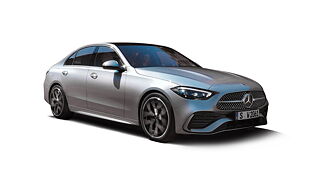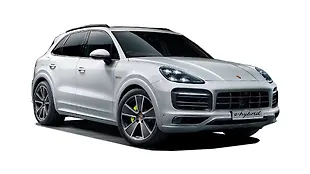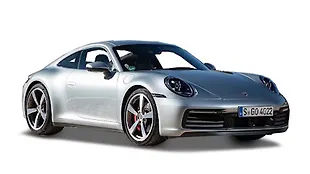
The old Panamera might have been bit of a minger for even hardcore Porsche enthusiasts, however, there’s now an all-new Panamera, one that not only looks better but also boasts of genuine supercar-like performance. Here’s a little insight into what goes into making such a ludicrously potent yet practical daily runner.
The new Panamera reconciles two contrasting characteristics more than ever before; the performance of a sports car and the comfort of a luxury sedan. Its grand touring potential has been rethought with new engine and gearbox options, altered underpinnings and a new dash layout that seems to have been reinterpreted for the future. Among many new features, there’s rear axle steering (Like in the latest-gen 911 GT3), active roll compensation and air suspension.
Dynamically it’s always been a class act but there is no getting away from the fact that the old Panamera looks disproportionate from certain angles. All that has changed for the new Panamera which, despite being bigger than the old model in every way, is a whole lot easier on the eye and looks really nice. The new Panamera in fact is 34mm longer, 6mm wider and 5mm taller and yet, it appears much lower and longer than the old car. This is down to the roof that’s being lowered at the rear, front wheels that are shifted further forward and lastly, the rear overhang which is longer, giving the car a leaner stance.
Inside, Porsche has upped the ante with all the new bits onboard. The typically upright dash has been reinterpreted for the future, what with the massive 12.3-inch screen dominating the interior. Also, a lot of the conventional switches and knobs have been replaced by touch-sensitive panels and configurable displays in the digital instrument console that’s a lot like Audi’s Virtual Cockpit. Porsche says that the tachometer, positioned centrally in the instrument cluster, is a tribute to the gorgeous 1955 356 A.
The new Panamera is equipped with several standard and optional assistance systems, the most important of which include a night vision assistant, which uses a thermal imaging camera to detect people and large animals and displays a colour highlighted warning indicator in the instrument console.
Engine wise, the V6 and V8 turbocharged engines have been worked upon. They all share a unique design characteristic, which in the jargon of engine developers is known as ‘with the hot sides inward’. What it actually means is that the turbochargers are integrated centrally into the V of the cylinder banks. The short paths between the two turbochargers and the combustion chambers produce spontaneous throttle response.
In terms of engine options, there’s a V6 petrol, V8 petrol and V8 diesel, all mated to Porsche’s very complicated sounding PDK 8-speed dual-clutch gearbox. While the base-level engine (if you can call it that) is a 2.9-litre twin-turbo V6 petrol unit with 440bhp and 550Nm of torque, the more powerful V8 represents the business end of things, developing 550bhp of power and 770Nm of torque. As for the diesel Panamera – one that’s bound to sell in decent numbers across several markets, there’s a 4-litre twin-turbo V8 unit putting out 422bhp and 850Nm of torque.
Being a Porsche, the new Panamera gets a lot of optional innovative systems such as an adaptive air suspension, Porsche Active Suspension Management (PASM electronic damper control), the enhanced Porsche Dynamic Chassis Control Sport (PDCC Sport) system including Porsche Torque Vectoring Plus (PTV Plus) and active roll stabilisation, as well as a new electromechanical steering system. The handling highlight though is the rear axle steering - which is also new and has been adapted from the 918 Spyder and 911 Turbo.

![Porsche Panamera [2014-2017] Image Porsche Panamera [2014-2017] Image](https://imgd.aeplcdn.com/272x153/cw/cars/porsche/panamera.jpg?q=80)





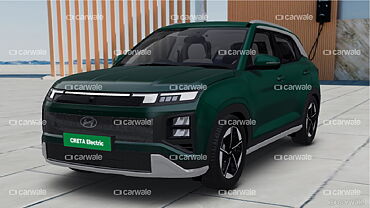
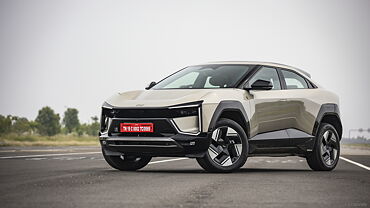
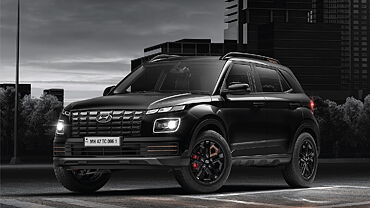

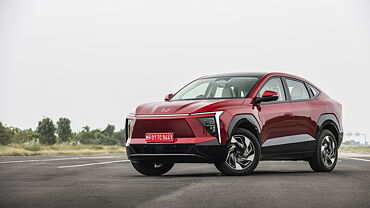
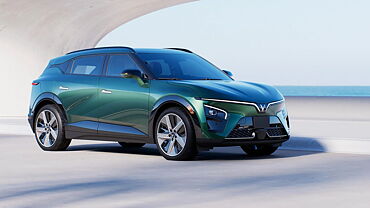
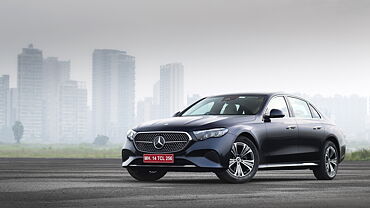


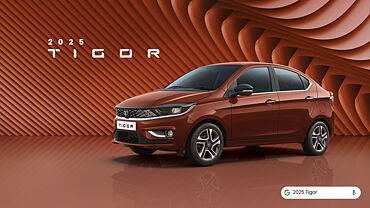
![Porsche Panamera [2014-2017] Right Front Three Quarter Porsche Panamera [2014-2017] Right Front Three Quarter](https://imgd.aeplcdn.com/199x112/ec/86/b9/10807/img/m/Porsche-Panamera-Right-Front-Three-Quarter-51811_ol.jpg?v=201711021421&q=80)
![Porsche Panamera [2014-2017] Right Front Three Quarter Porsche Panamera [2014-2017] Right Front Three Quarter](https://imgd.aeplcdn.com/199x112/ec/86/B9/10807/img/l/Porsche-Panamera-Right-Front-Three-Quater-18435.jpg?v=201711021421&q=80)
![Porsche Panamera [2014-2017] Left Rear Three Quarter Porsche Panamera [2014-2017] Left Rear Three Quarter](https://imgd.aeplcdn.com/199x112/ec/86/B9/10807/img/l/Porsche-Panamera-left-rear-three-quarter-18439.jpg?v=201711021421&q=80)
![Porsche Panamera [2014-2017] Left Front Three Quarter Porsche Panamera [2014-2017] Left Front Three Quarter](https://imgd.aeplcdn.com/199x112/ec/86/B9/10807/img/l/Porsche-Panamera-Left-Front-Three-Quarter-18437.jpg?v=201711021421&q=80)
![Porsche Panamera [2014-2017] Interior Porsche Panamera [2014-2017] Interior](https://imgd.aeplcdn.com/468x263/ec/86/B9/10807/img/l/Porsche-Panamera-Interior-18438.jpg?v=201711021421&q=80)








